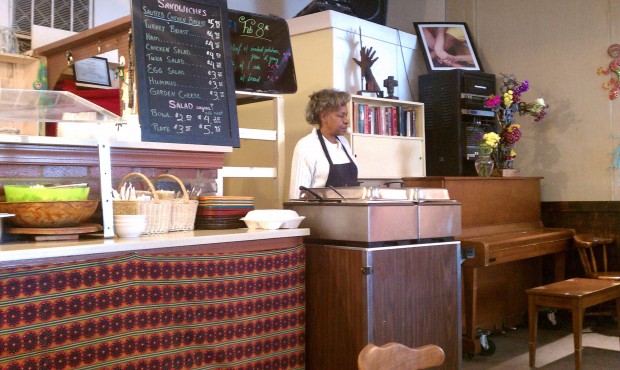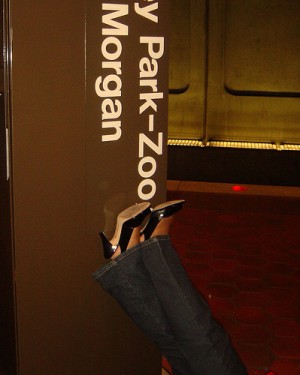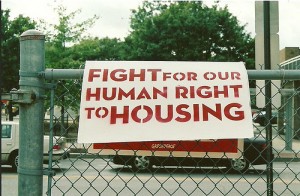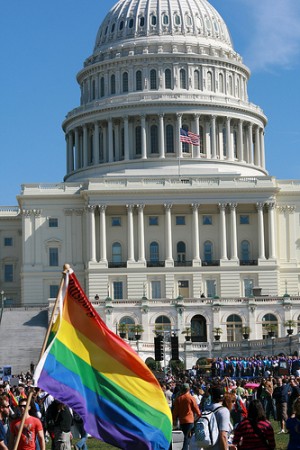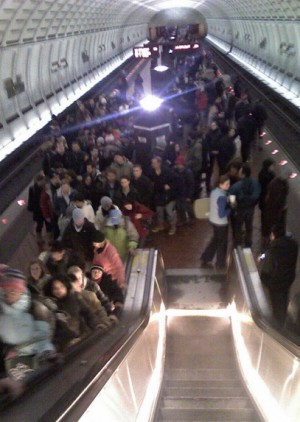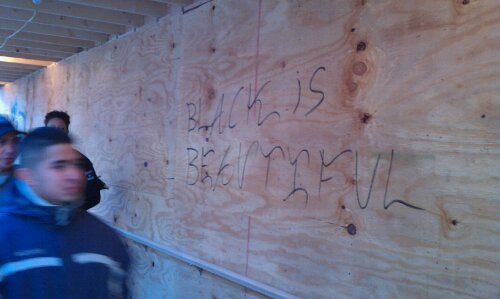The Potter’s House has been in D.C. for over five decades. Have you heard of it? If you haven’t, you’re not alone. I’ve been here for 12 years and even when I lived on Columbia Road–where it is located– I wasn’t aware of its existence. I finally noticed it two weeks ago, when I was taking a walk. It looked like a small, specialty bookstore and that was intriguing enough. When I tried to check out its hours of operation, I saw something surprising in small letters, on a weathered sign. On Tuesdays, a group meets there to discuss “Racial Reconciliation” at 12:30 pm. What kind of bookstore was this? Well, it turns out– it’s a unique one:
Potter’s House Books offers several thousand titles focusing primarily on spirituality and social justice…In addition to the Bookstore, the Potter’s House also is a restaurant/coffeehouse, art gallery, worship space, and community meeting place. On Friday nights, it also is the venue for a concert series called “Sounds of Hope,” which features mainly local musicians performing for the benefit of community nonprofit groups.



